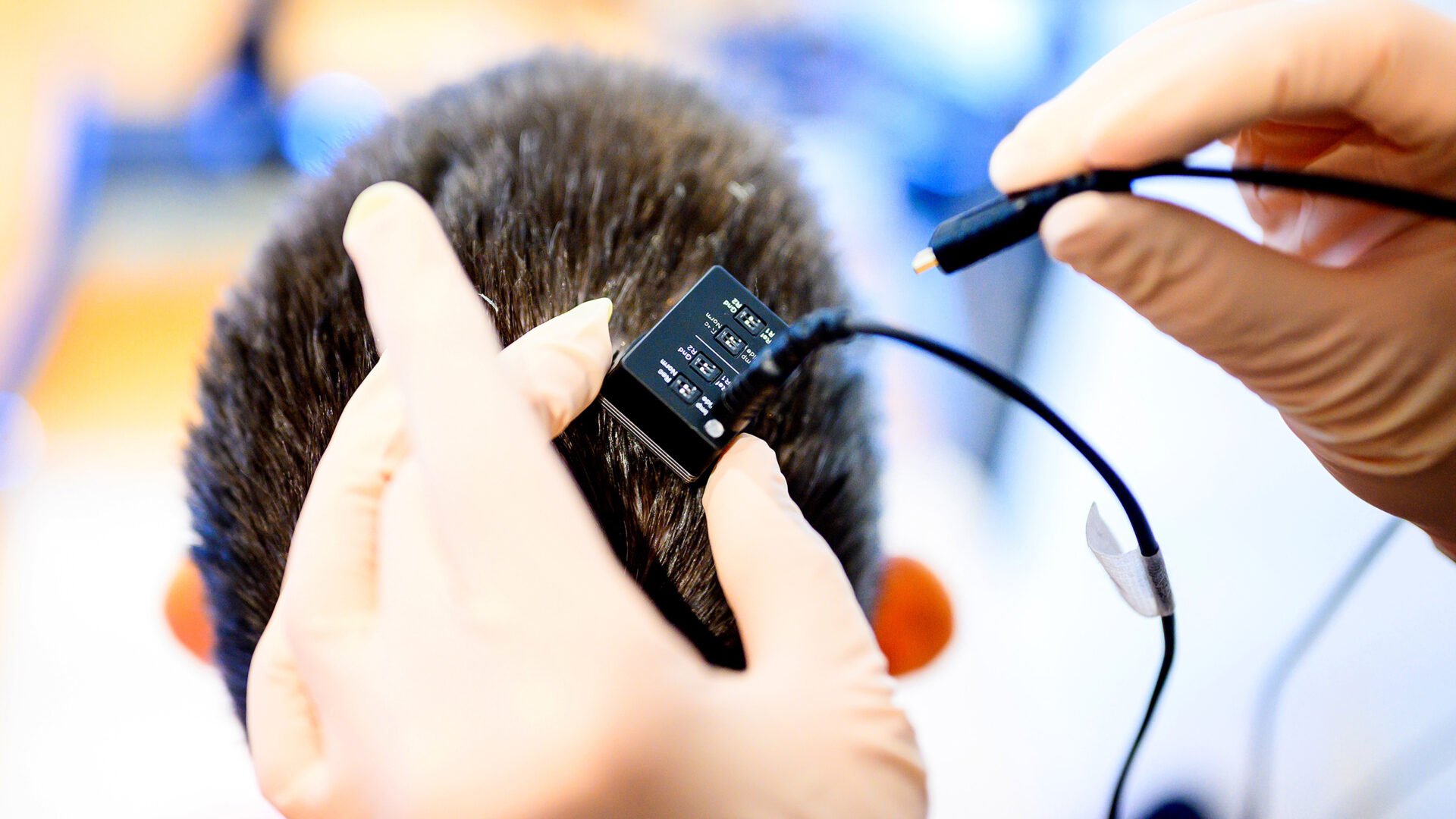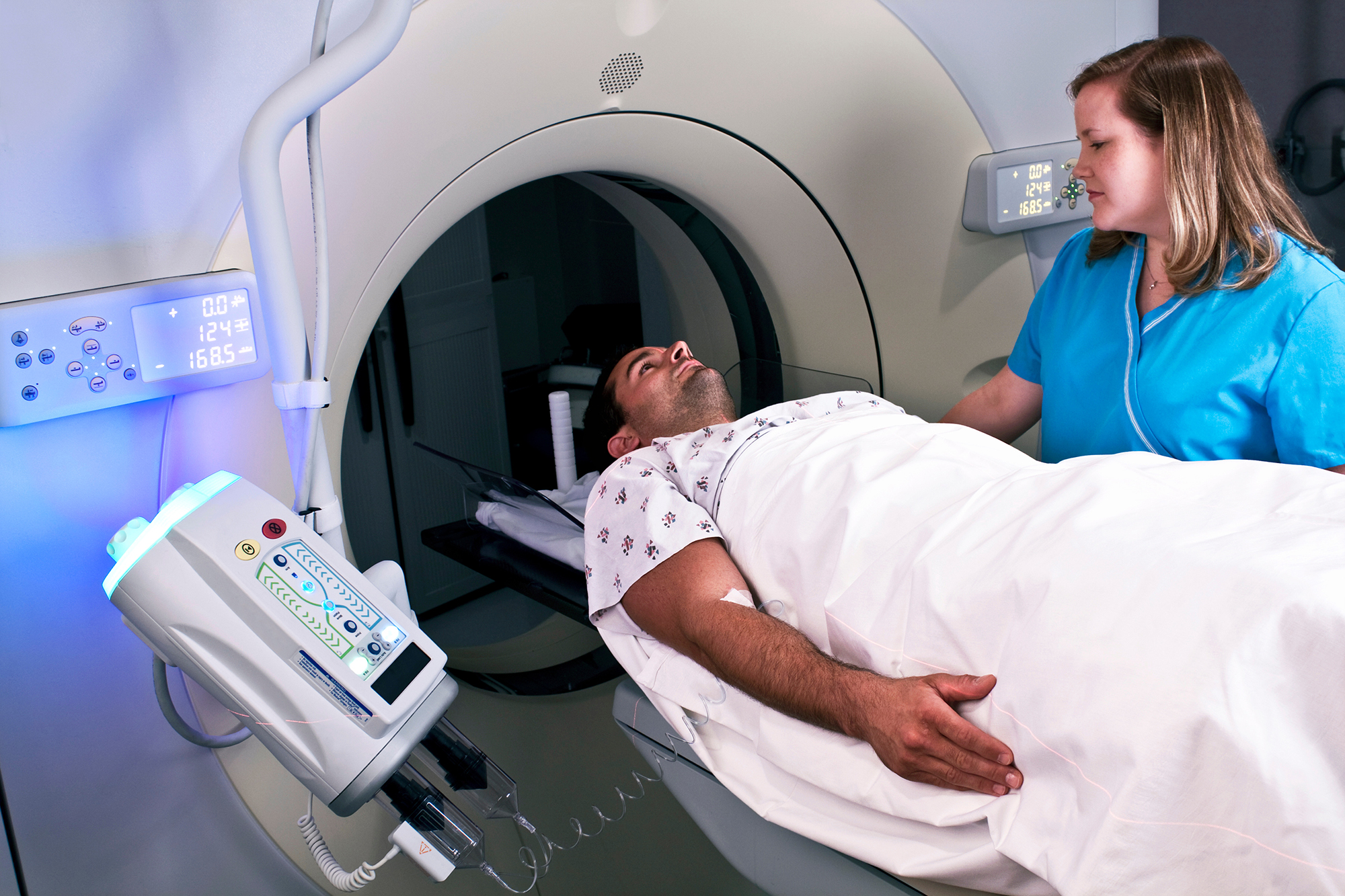Innovative Brain-Computer Interface Restores Natural Speech for Paralysis Patients

In a remarkable breakthrough, researchers have developed a cutting-edge brain-computer interface (BCI) that translates brain activity into audible speech, enabling individuals who have lost their ability to speak due to paralysis or neurological conditions to engage in natural conversations. The study highlights the potential of this technology to transform lives, offering hope to those affected by speech impairments, such as those resulting from strokes.
Historically, brain injuries caused by strokes or other debilitating conditions can lead to paralysis, often resulting in the loss of the ability to communicate verbally. Scientists have been actively working on BCIs that can convert thoughts into written or spoken language. However, earlier versions of these devices experienced significant delays, which could disrupt conversational flow and lead to feelings of isolation and frustration for users. The development of a more efficient system was imperative to address these challenges.
A National Institutes of Health (NIH)-funded research team, led by Dr. Edward F. Chang from the University of California, San Francisco, along with Dr. Gopala Anumanchipalli from the University of California, Berkeley, aimed to create an advanced brain-to-voice neuroprosthesis. Their goal was to devise a device that could produce spoken words almost instantly as a person thought about them.
The research involved the implantation of an array of electrodes in a 47-year-old woman who had been unable to speak or produce any vocal sounds for 18 years following a stroke. This innovative project harnessed a sophisticated deep learning algorithm designed to interpret the womans brain activity and transform her thoughts into speech. The study's findings were published in the prestigious journal Nature Neuroscience on March 31, 2025.
To train the deep learning system, the researchers recorded the womans brain activity while she silently attempted to articulate various sentences. These sentences included a diverse vocabulary of over 1,000 words sourced from social media and movie scripts. In total, she underwent more than 23,000 silent speaking attempts, constructing over 12,000 unique sentences, which provided a rich dataset for training the system.
Impressively, the BCI was able to decode her thoughts into audible speech with a response time of just 80 milliseconds (0.08 seconds). For reference, the average person speaks approximately three words per second, equating to around 130 words per minute. When fully operational, the new system successfully generated audible speech at an impressive rate of 47.5 words per minute. In tests involving a simpler vocabulary of just 50 words, the device achieved an extraordinary speed of 90.9 words per minute, greatly surpassing the performance of earlier BCI versions, which managed to decode speech at merely 15 words per minute with a similar vocabulary.
Remarkably, this new device demonstrated a success rate exceeding 99% in both decoding and synthesizing speech, achieving this in less than 80 milliseconds. It took less than a quarter of a second for the system to translate brain activity related to speech into audible words. Furthermore, the researchers discovered that the system could understand not only the trained words or sentences but also novel words and create new sentences, resulting in fluent speech generation.
Interestingly, the researchers noted that the device could deliver speech continuously without interruptions. Dr. Anumanchipalli expressed excitement about the technology, stating, Our streaming approach brings the same rapid speech decoding capacity of devices like Alexa and Siri to neuroprostheses. Using a similar type of algorithm, we found that we could decode neural data and, for the first time, enable near-synchronous voice streaming. The result is more naturalistic, fluent speech synthesis.
Dr. Chang echoed this sentiment, stating, This new technology has tremendous potential for improving the quality of life for people living with severe paralysis affecting speech. It is exciting that the latest AI advances are greatly accelerating BCIs for practical real-world use in the near future.
These findings showcase the potential of BCIs to restore natural conversation to individuals who have lost their ability to speak. However, the researchers emphasize that further studies are necessary to test the device on a larger scale. They are also committed to enhancing the system, aiming to incorporate features that would allow adjustments in tone, pitch, and volume to reflect a persons emotional state when speaking.




















